Your cart is empty
Pinturicchio, Pala Fossi (panel, option 3)
231,00 € iva inclusa
Oil pictograph on panel with solid wood frame. Original work: oil on panel and canvas, 1496-1498, Perugia, National Gallery of Umbria
Description
The altarpiece is now composed of seven main panels, plus two of the predella, unlike the others, are on canvas applied to panel Wooden. In the center stands the Madonna and Child with St. John the Baptist, flanked by Saints Augustine, dressed as a bishop with a cope richly embroidered with figures of saints, and Jerome, dressed as a cardinal and with a model of the church in his hand, perhaps the Santa Maria degli Angeli itself according to a reconstruction project that was not completed. Above these side panels are two panels with the Announcing Angel and the Annunciated Virgin. On the cymatium stands the dead Christ supported by two angels and, in the tympanum of the pediment, the Dove of the Holy Spirit. The main altarpiece is dedicated, in addition to the Virgin titular of the church, to the theme of the passage of the cross from St. John the Baptist, the precursor, to Jesus, the Redeemer, as the inscription also makes explicit below ("O holy child, give back to the Child this cross. Not [John] will bring her to God in behalf of the world, there will be another"). Above the inscription are the letters B and N, which are interpreted as a signature of the artist B[er]N[ardinus]. An inscription also runs on the frieze, which exhorts us to meditate on the redemption and to make himself worthy of it: "O mortal, see by what blood you are redeemed state. May it not have passed in vain". Various symbolic elements refer to the Passion, like the pomegranate in the hand of the Child, the fruits scattered on the ground and the apple held by St. Augustine.
Information
The work is made through the technique of Pictography, according to ancient methods and natural materials; is handmade in Umbria.
Each frame is made of solid wood, with interlocking joints; the first priming is based on Bologna gypsum and natural glue; the later are in tempera. The decoration is handmade and usually is studied on the work it will contain. The design is inspired by the museum frames of the various eras.


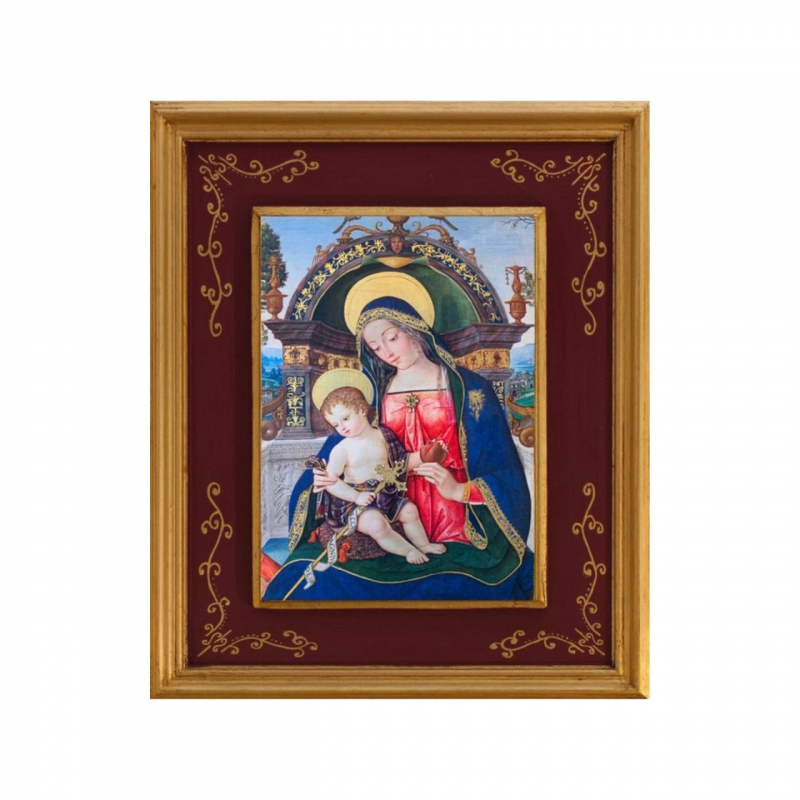
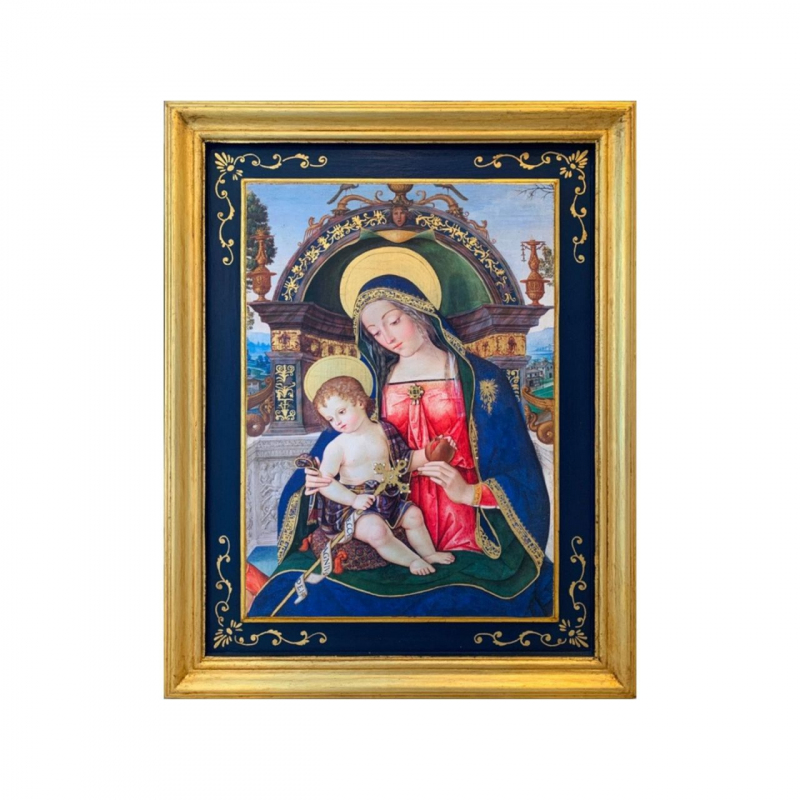
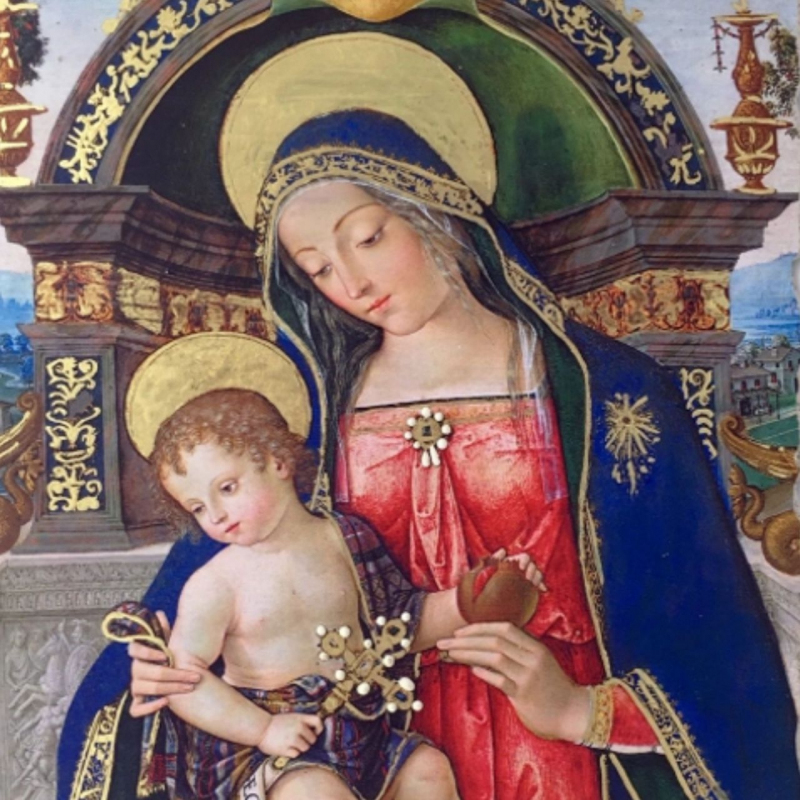
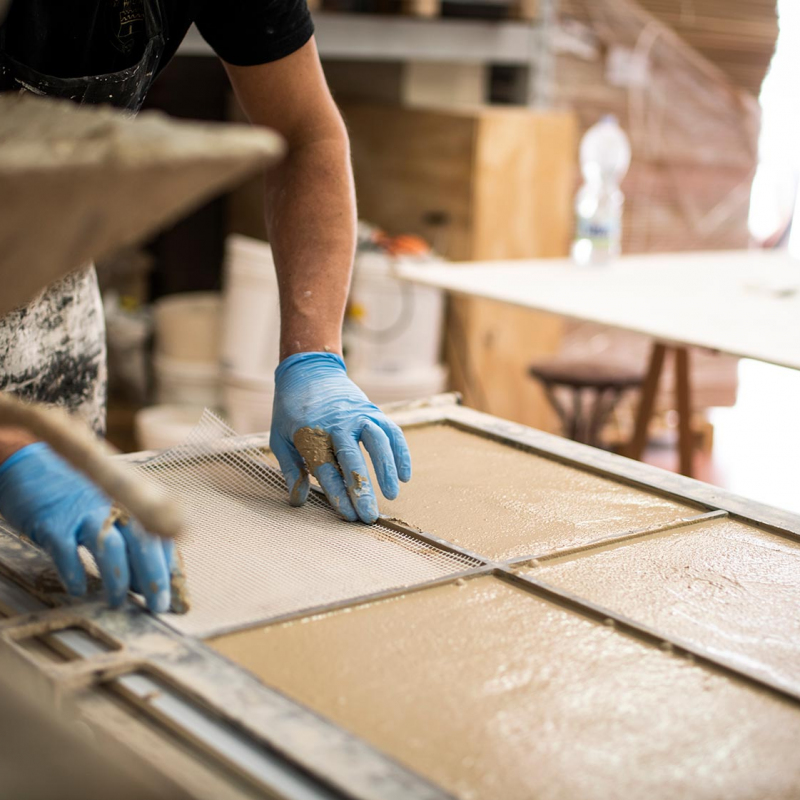



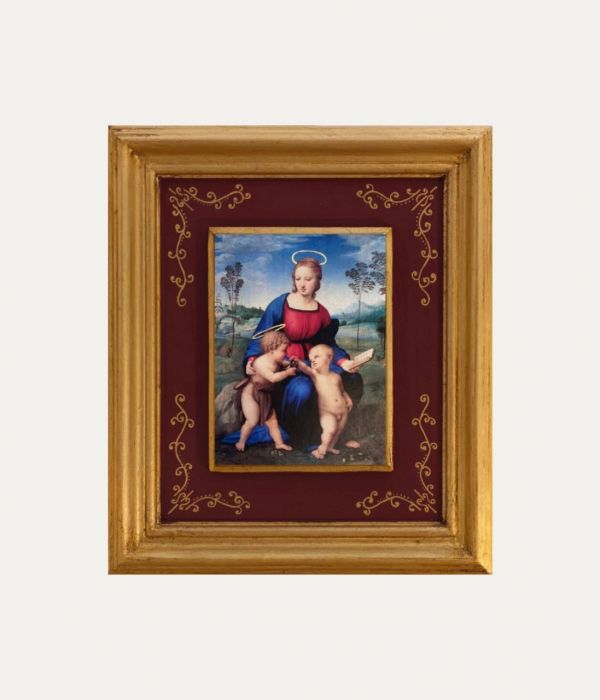
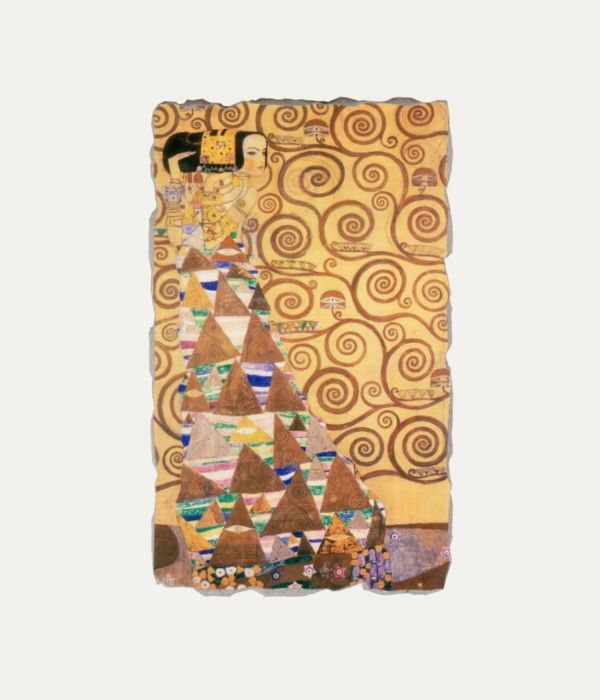
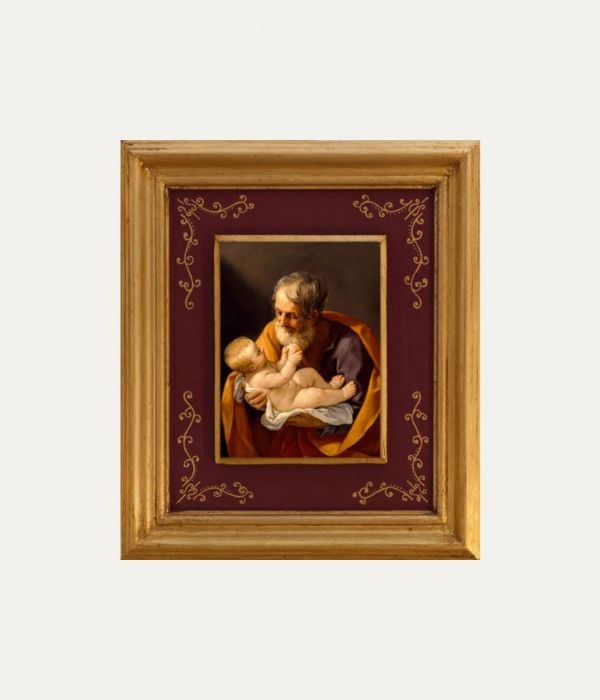
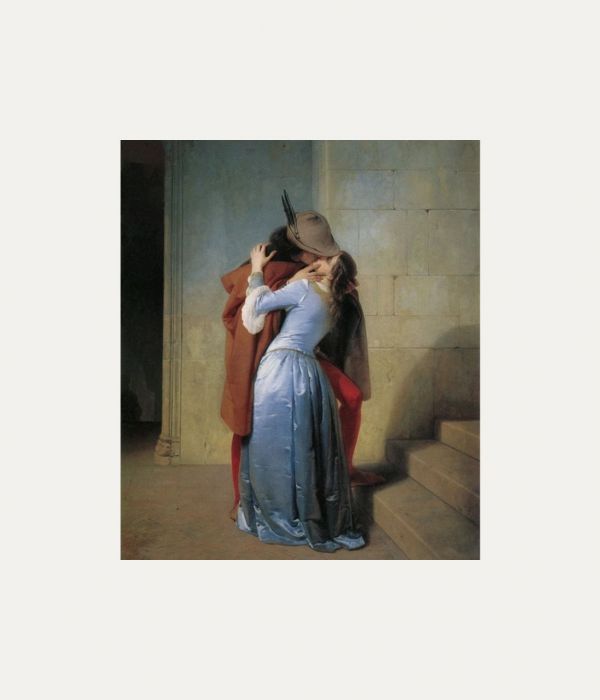
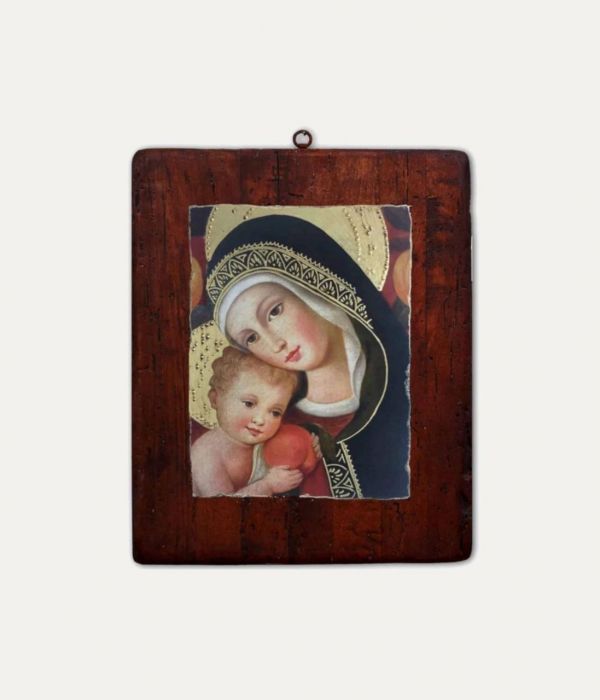

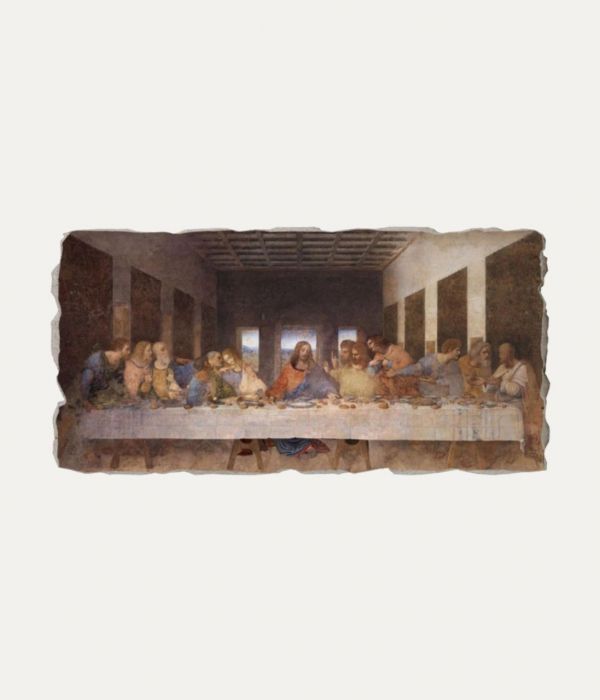
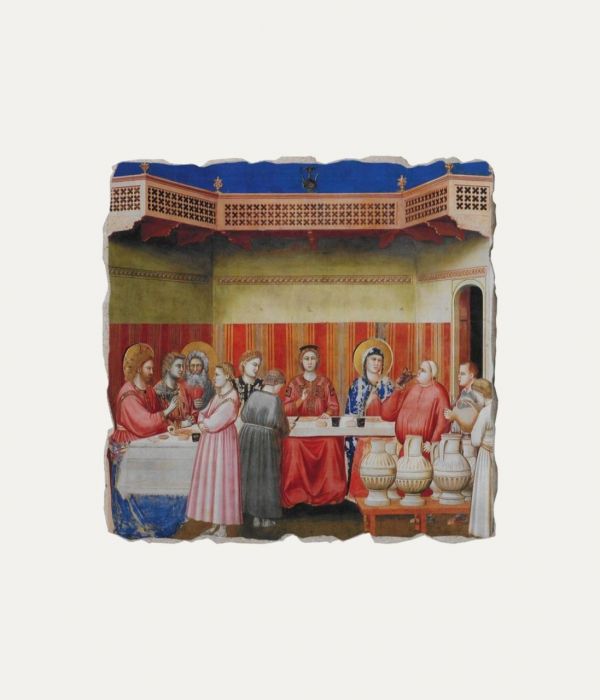
Pinturicchio, Pala Fossi (panel, option 3)